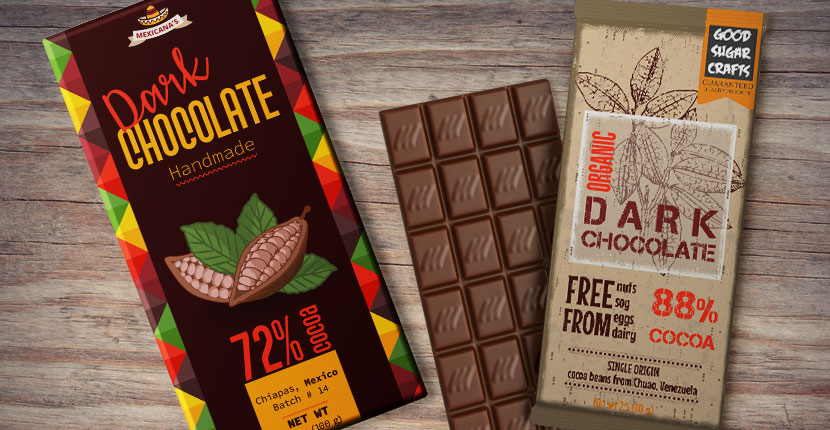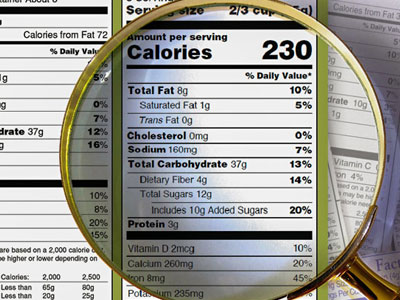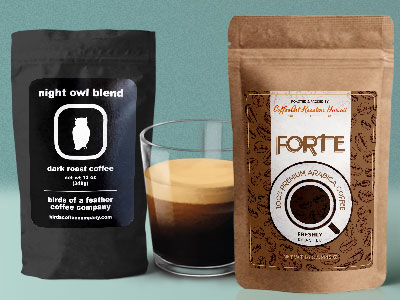For many people chocolate has a cult status. It’s not likely that you’ve heard of a term “breadoholic”, but the term “chocoholic” even has its Wikipedia page. What is it about chocolate that makes people ecstatic? For one, it has sugar and fat, which makes sugary foods addictive. It also has different substances (phenylethylamine, theobromine, anandamide and tryptophan) that trigger the release of serotonin in the brain. Serotonin is well-known for its role in boosting happiness.
However, people are becoming more environmentally conscious and concerned about their health. Soon it won’t be enough to just produce tasty, serotonin-inducing desserts. A healthier chocolate is becoming more popular, and the trend of producing small-batch, bean-to-bar chocolate is gaining momentum.
Chocolate Labeling Regulations
Chocolate wrapping is the last step in the chocolate making process. This step is very important, because chocolate wrappers include chocolate labels – those valuable pieces of information that consumers are learning to take seriously.
Chocolate labels in the USA are regulated by the Food and Drug Administration. The FDA breaks chocolate products down into categories with specific labeling requirements for each. Some of those categories are: sweet chocolate, milk chocolate, white chocolate, buttermilk chocolate, but also chocolate liquor, cocoa nibs, etc. Here you can find information on how to label each type of chocolate product.
Curiously, the FDA does not include “dark chocolate” in their categorization. They do list a few ingredients which are commonly used for dark chocolate, such as cocoa and cocoa nibs, so chocolate producers certainly need to abide by FDA standards for the production of those two ingredients. However, the lack of clearly defined regulations for the production of dark chocolate makes it difficult for producers to find information on how to accurately label their product.
That is why we took a look at some of the best dark chocolate labeling practices and created the following visual. It shows chocolate makers what to include on chocolate wrappers, and helps consumers read these labels.
Embed this infographic on your website:

Embed this infographic on your website:
Careful with Health Claims on Your Chocolate Product Label
When information on a food label is misleading and inaccurate, the FDA sends warning letters to food producers. Inaccurate labeling can cause harsh penalties, so it is certainly a wise choice to comply with FDA regulations.
Some examples of claims made on chocolate products are:
- unsweetened or 100% chocolate
- bittersweet/semisweet
- no trans fat
- artisanal or craft chocolate (which means, not a mass market chocolate, but made by a small manufacturer)
Make note that claim labeling is a very sensitive issue. For example, If you want to use the “antioxidant-rich” claim on your product, the FDA states that “the product must contain 20 percent or more of the RDI for nutrients that have recognized antioxidant activity, such as vitamin C, vitamin E, or beta carotene (…) in accordance with 21 CFR 101.54(b).”
The requirements for accurate labeling are obviously complex, but necessary to comply with.




